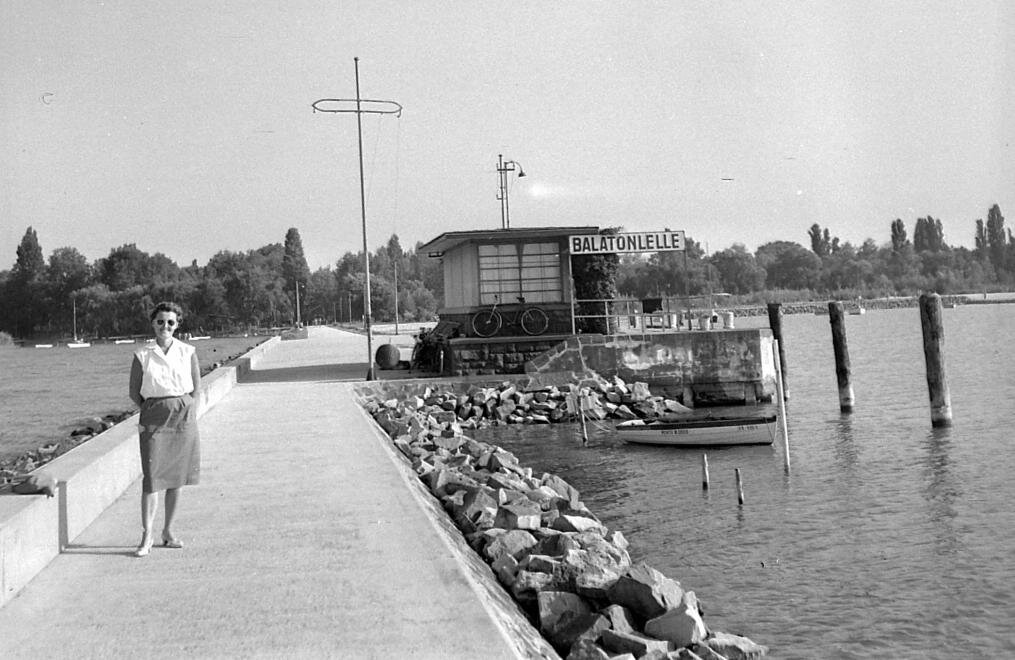The towns of Balatonlelle and Balatonboglár on Lake Balaton’s south shore share a long history. At one point, in 1978, they were even merged under the name of Boglárlelle. Here’s a look at their symbiosis through archive photographs.
These two settlements started developing in the 19th century, when Lake Balaton was being discovered as a tourist destination. The local bathing association of Boglár was founded in 1904, and the first bathing houses were built above the water (see this photograph from 1908). A beautiful row of plane trees was planted at this time.
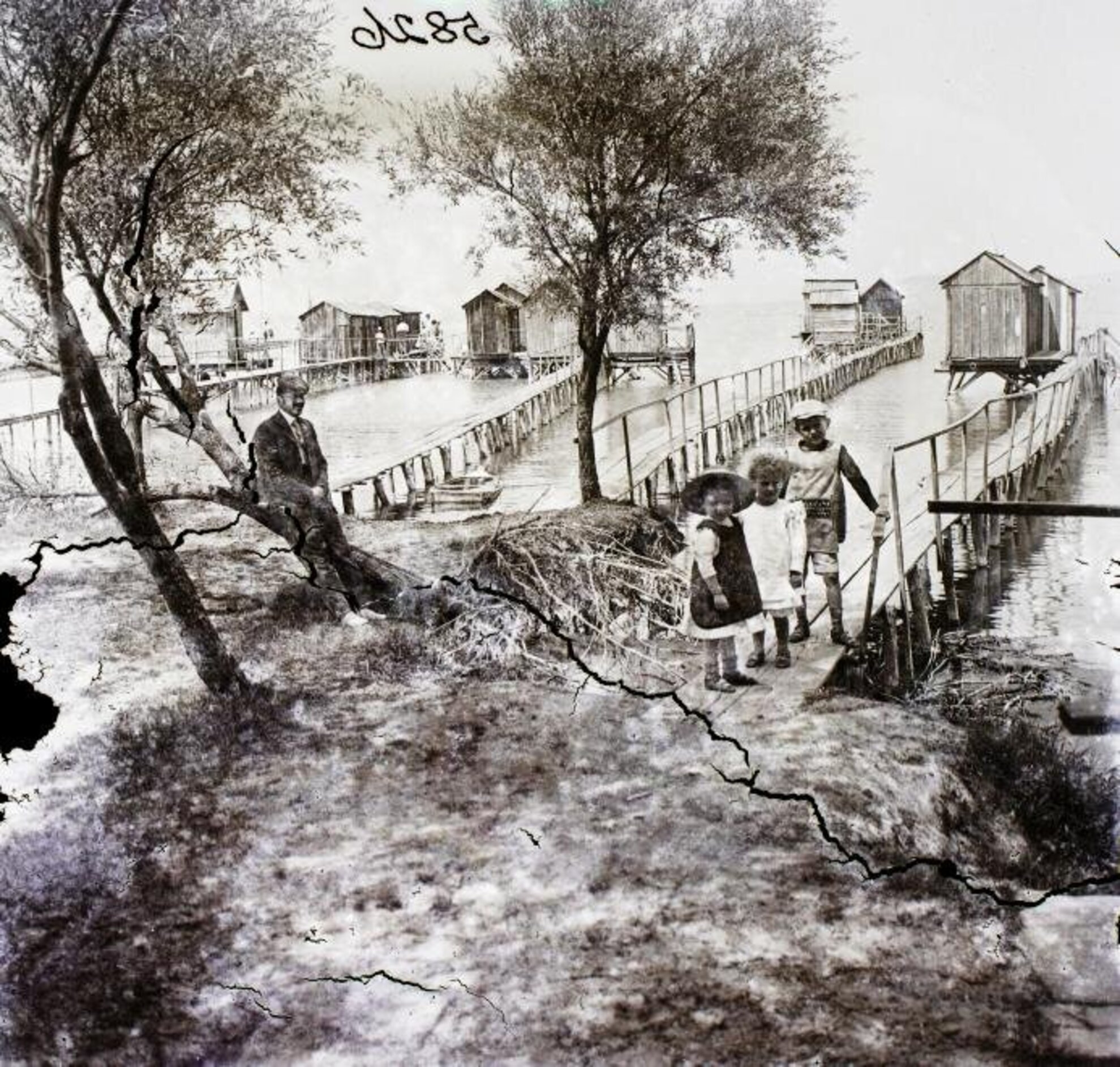
A pier was completed in 1910 – this photograph was taken by the harbour at Balatonboglár. Construction started in 1890 and it was then named after Dezső Kaáli Nagy, renowned designer of Balaton piers.
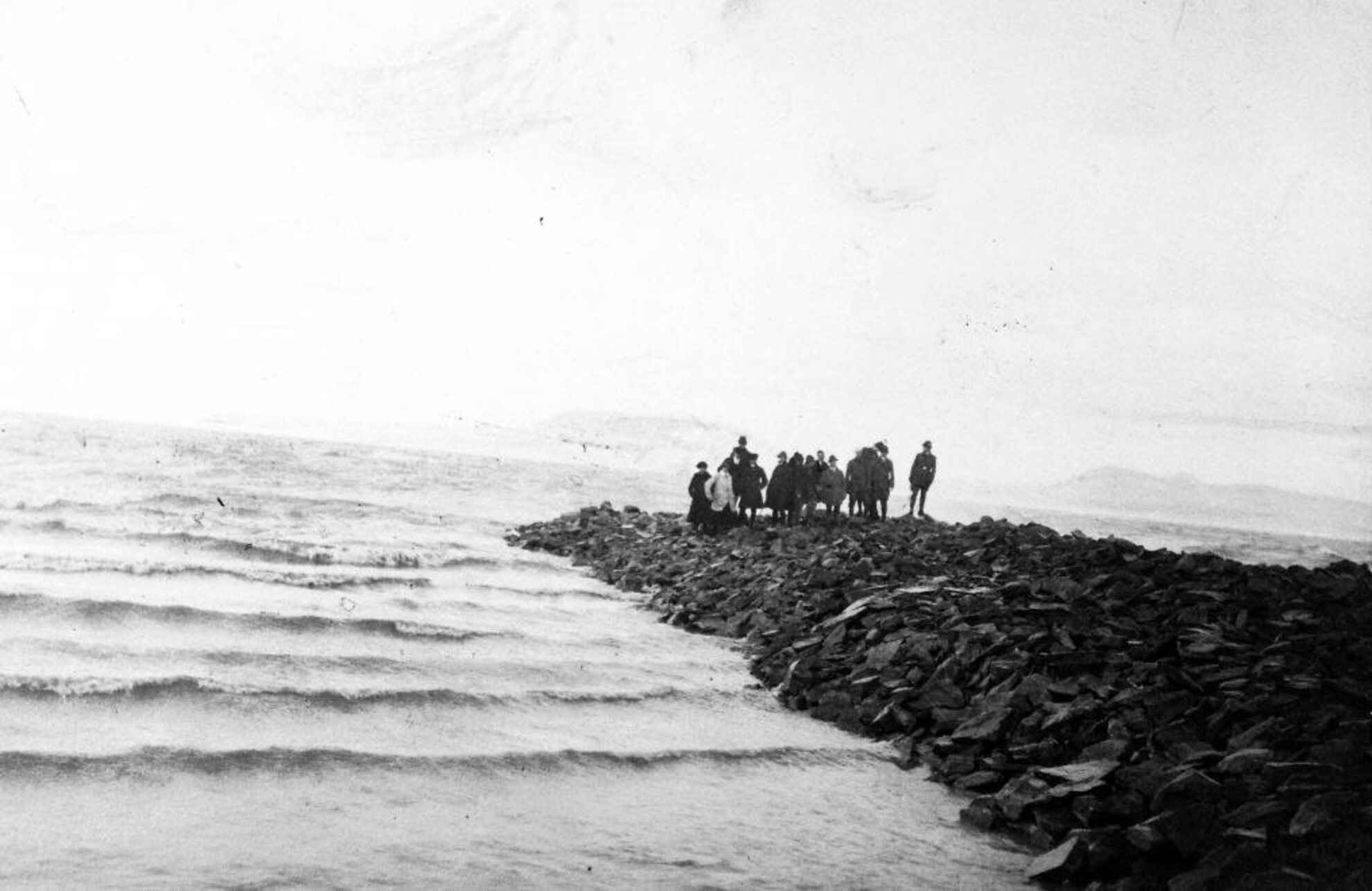
The summer retreat in Balatonlelle for employees of the Ministry of Interior in 1935. Today, the Park Hotel operates in the building.
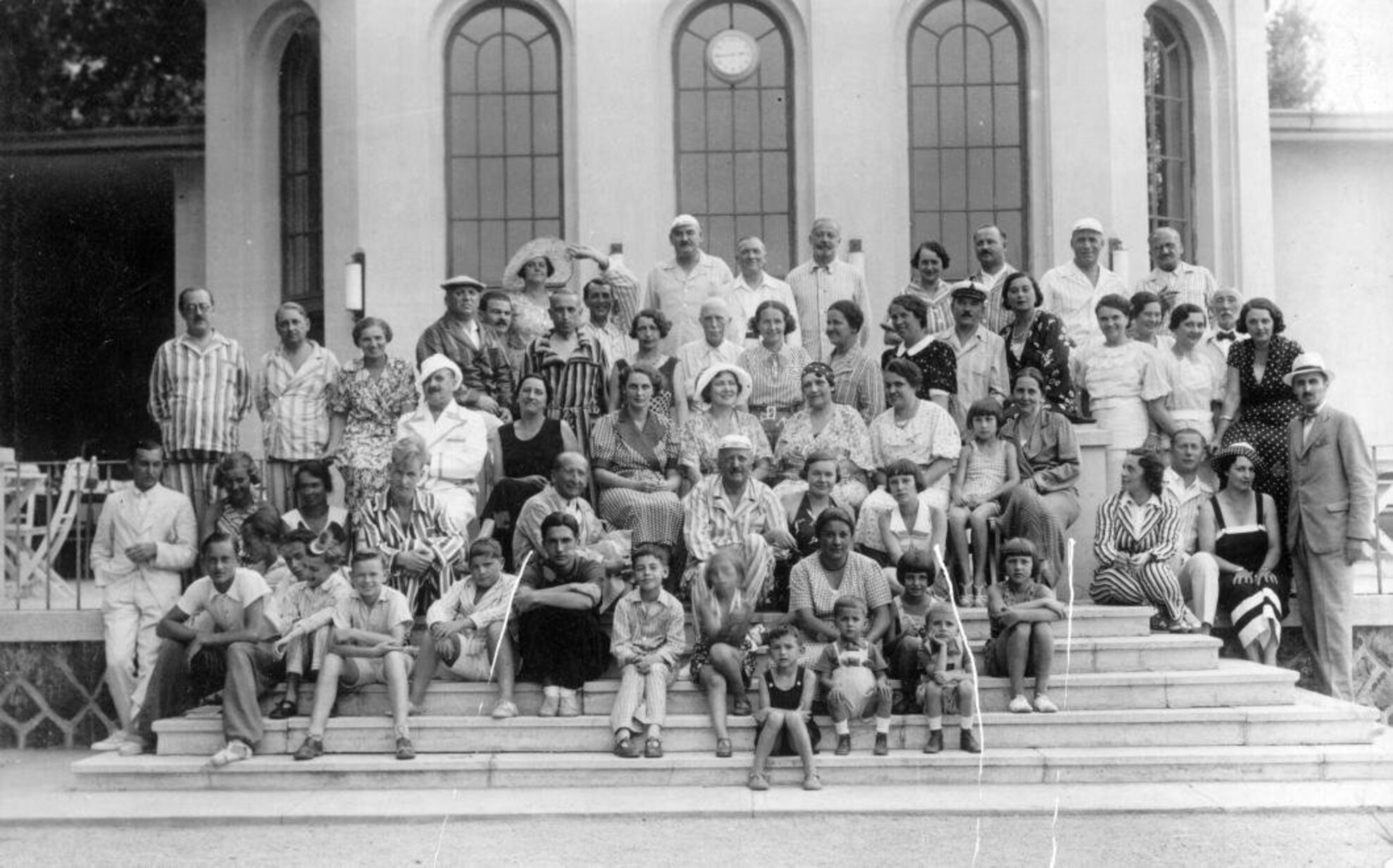
This 1936 photograph depicts Ákos Ney, director of the Danube-Sava-Adriatic Railway.
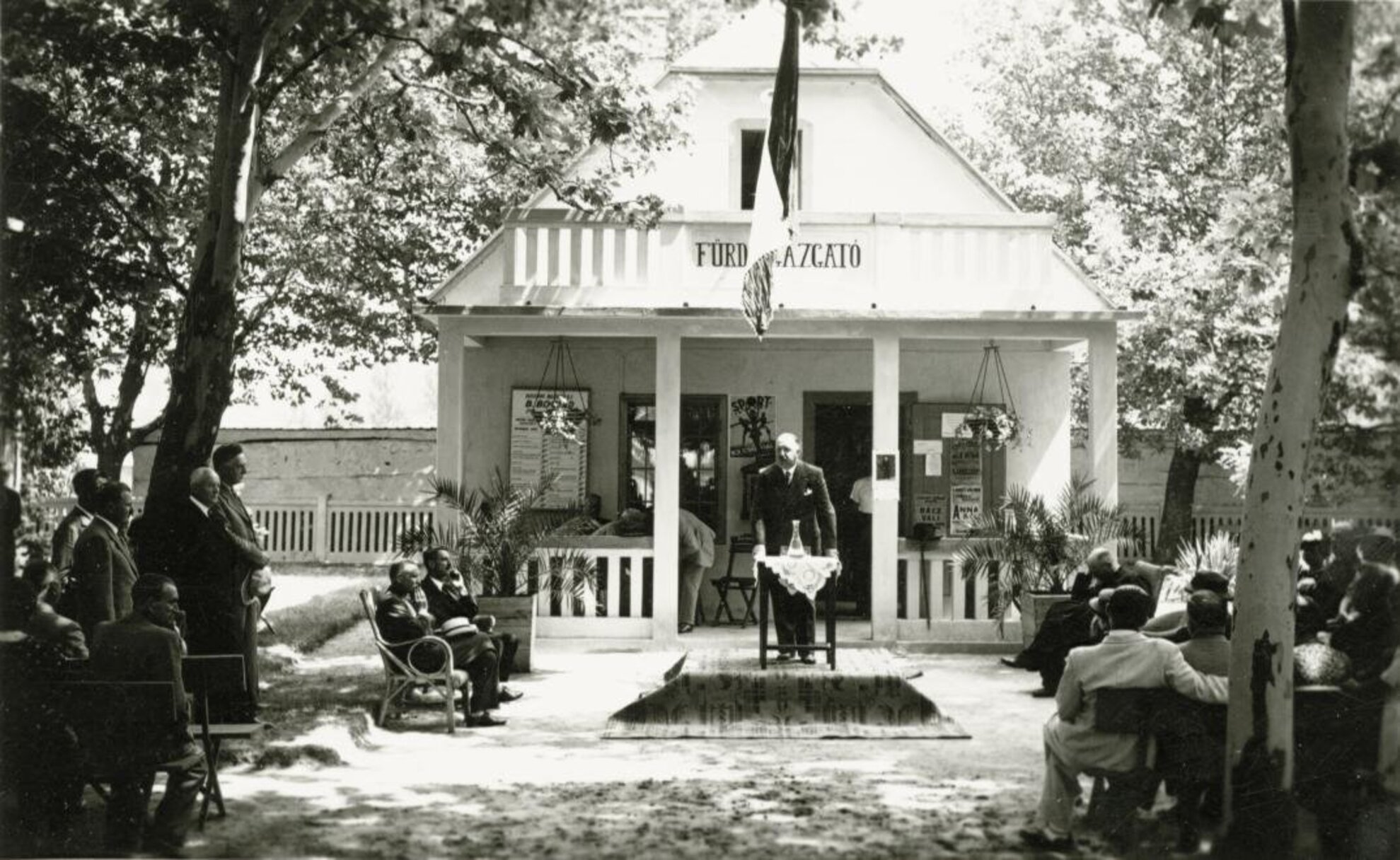
The pier at Balatonboglár in 1936. Balaton became a main tourist destination during this time, with many developments taking place, most notably by landowner Gaston Gyulai Gaal and publisher Vilmos Sümegi.
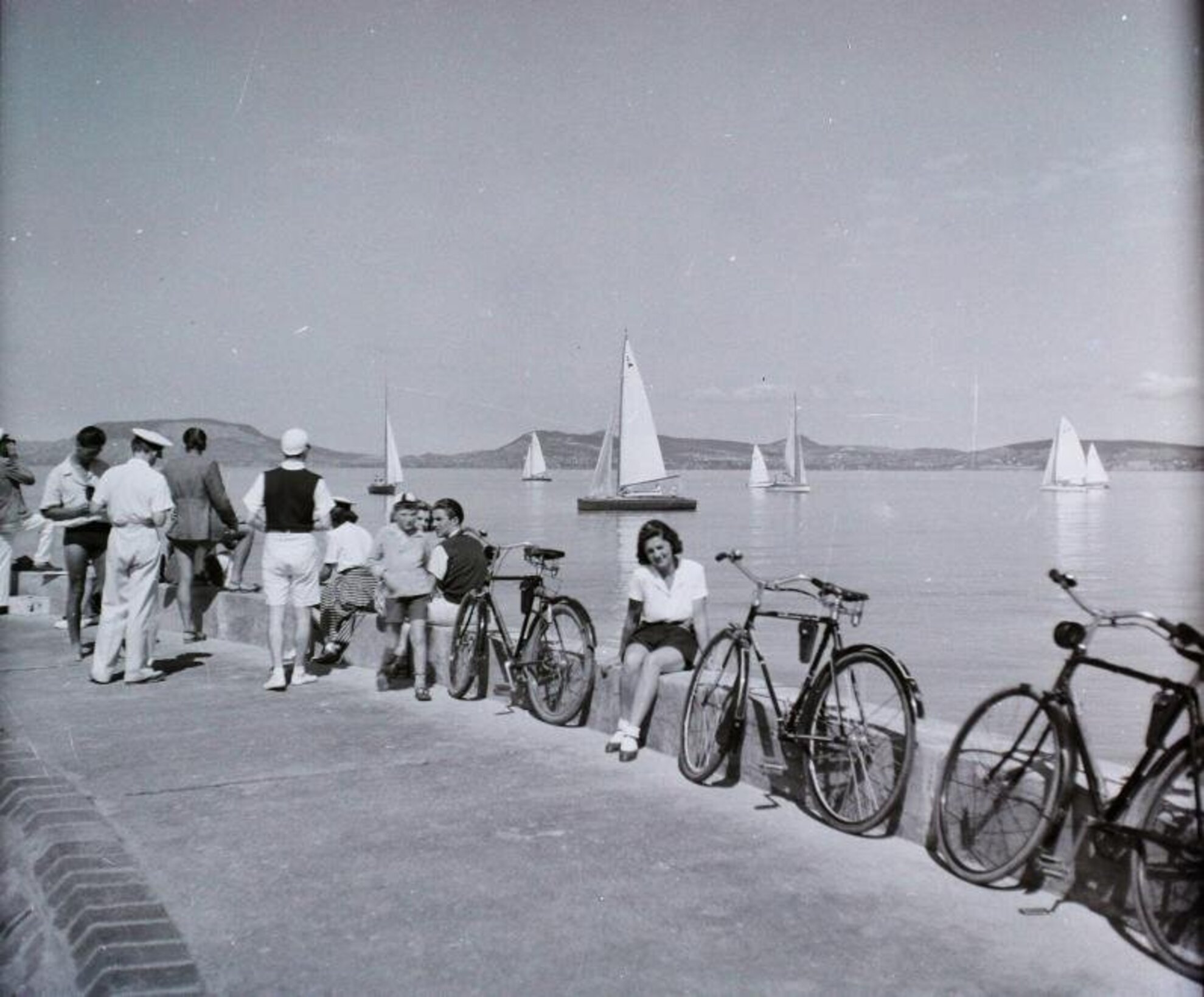
Sunset at Lake Balaton in 1938, with people seemingly practising yoga.
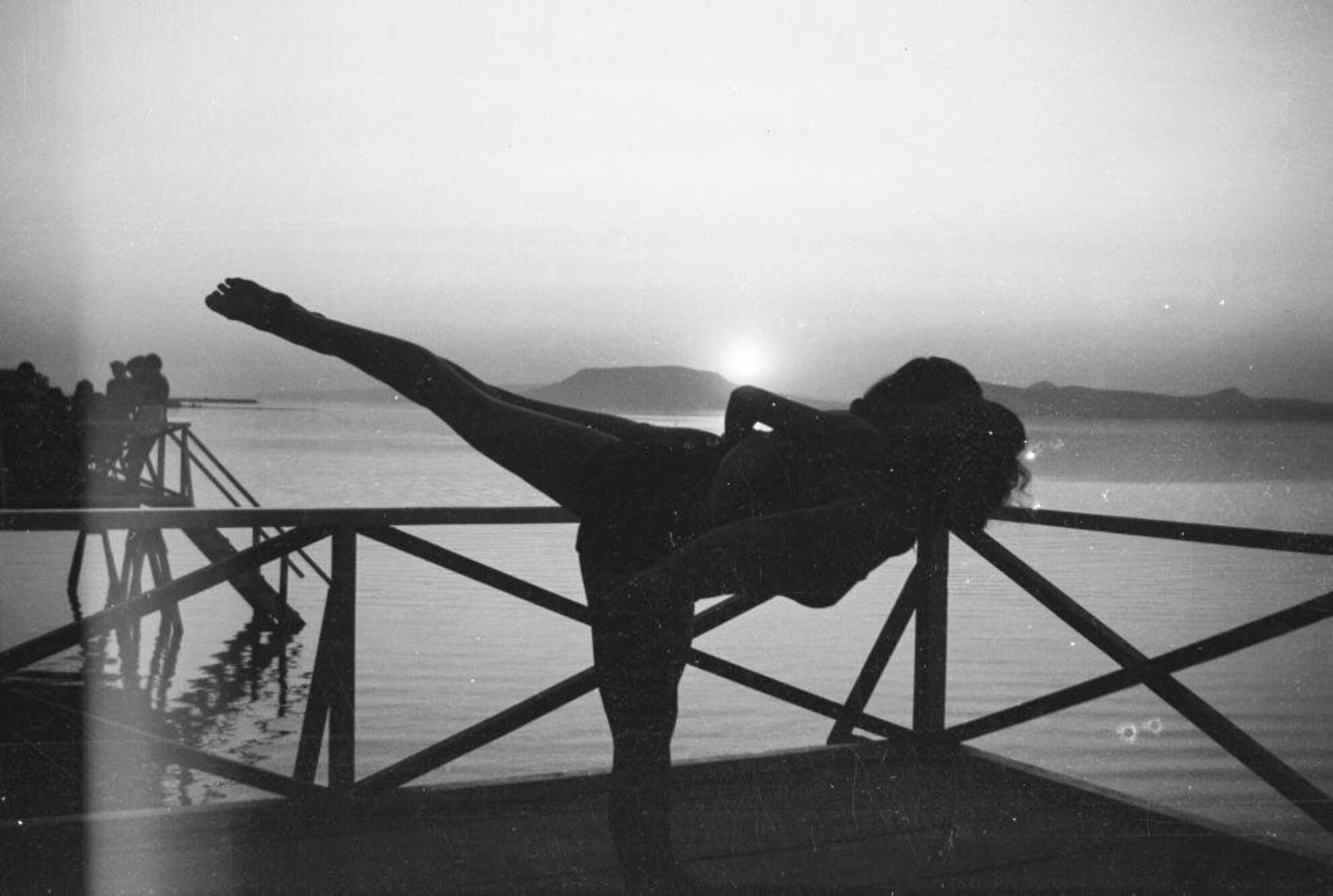
The iconic main building of Balatonboglár harbour in 1939, before World War II broke out.
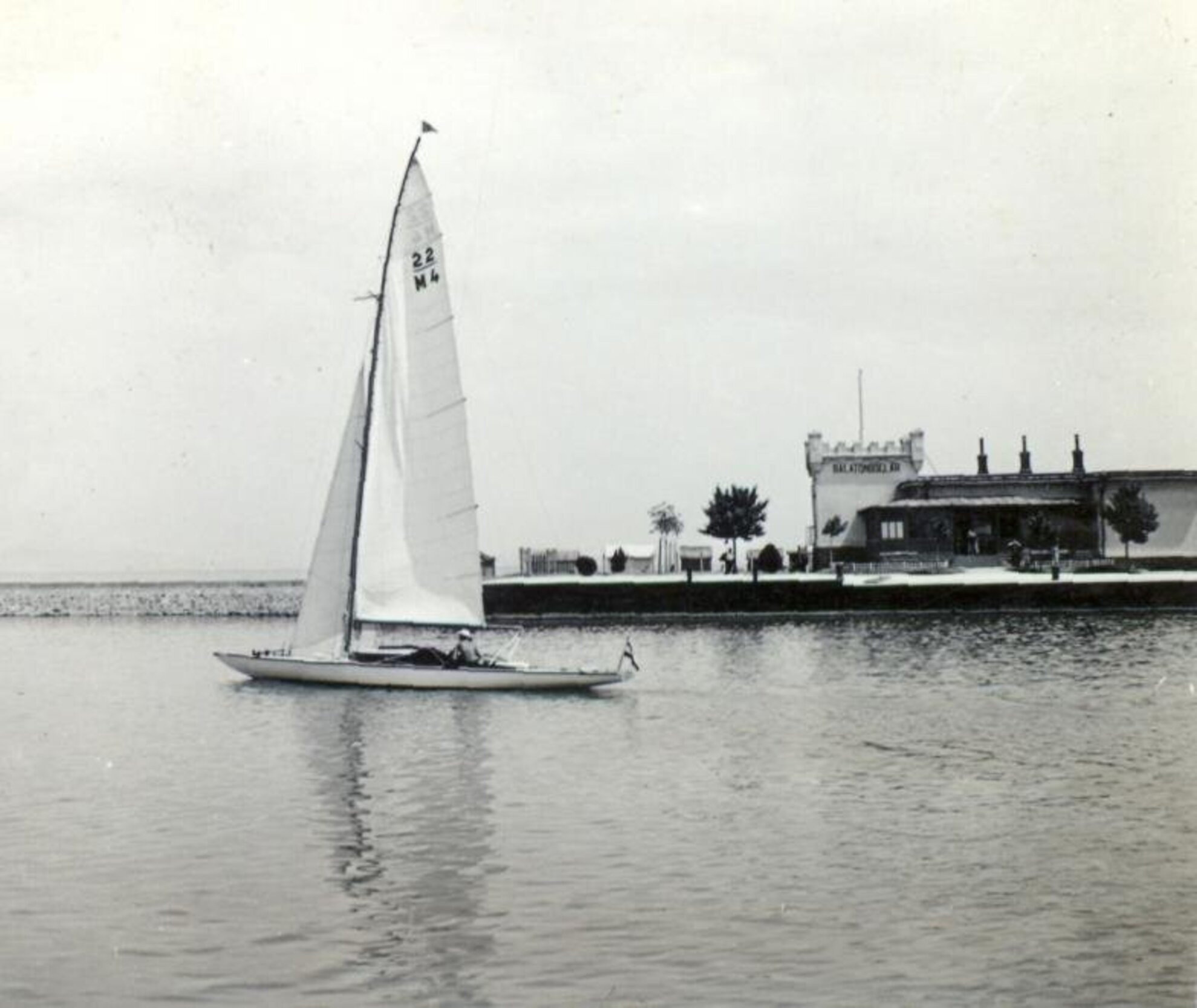
This carefree photograph was taken at Balatonlelle in 1940, before Hungary became involved in the war. Interestingly, Balatonboglár then became a safe haven for many Polish refugees.
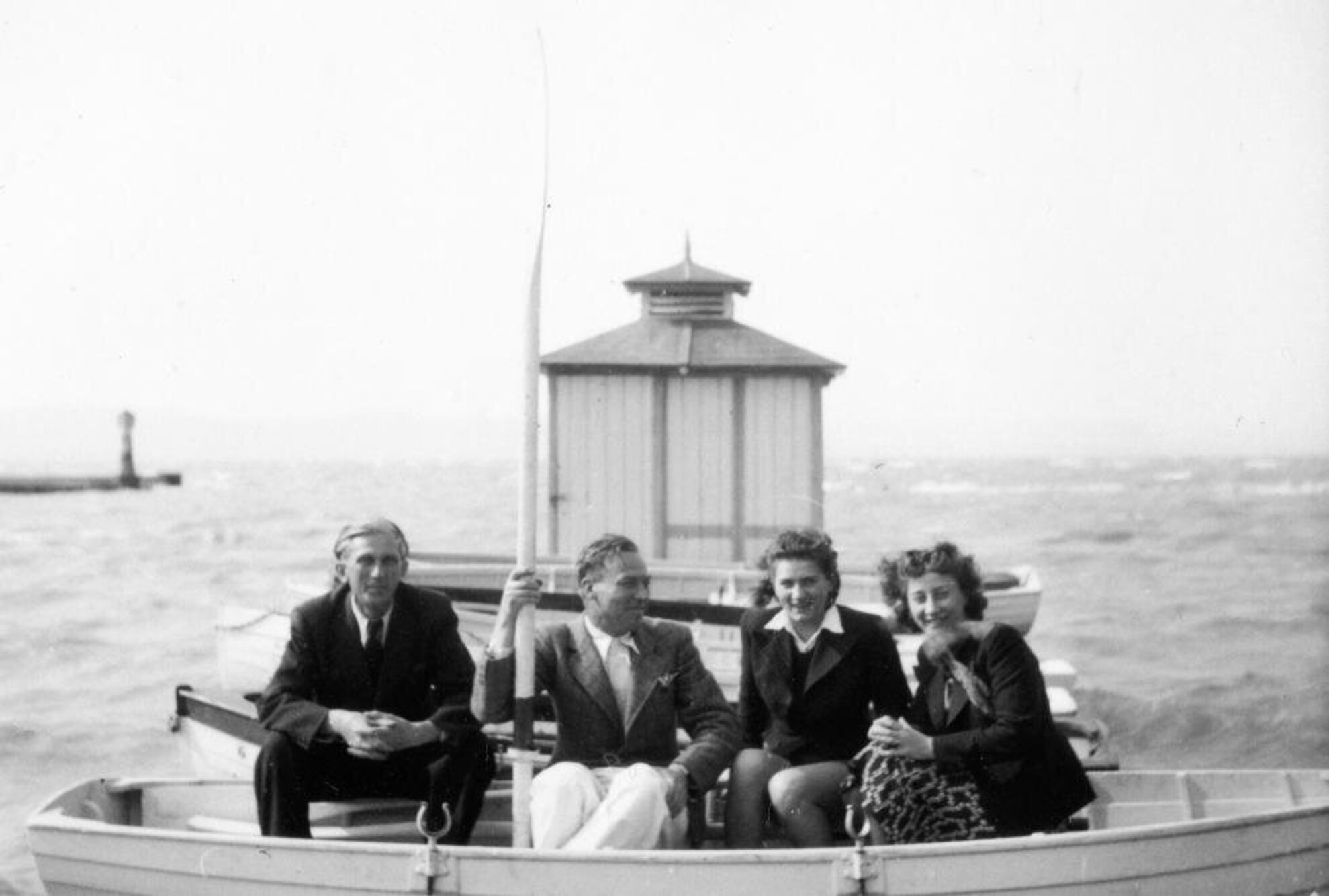
The area survived the last German counter offensive as well as the Soviet army that followed it. The photograph below was taken in 1947.
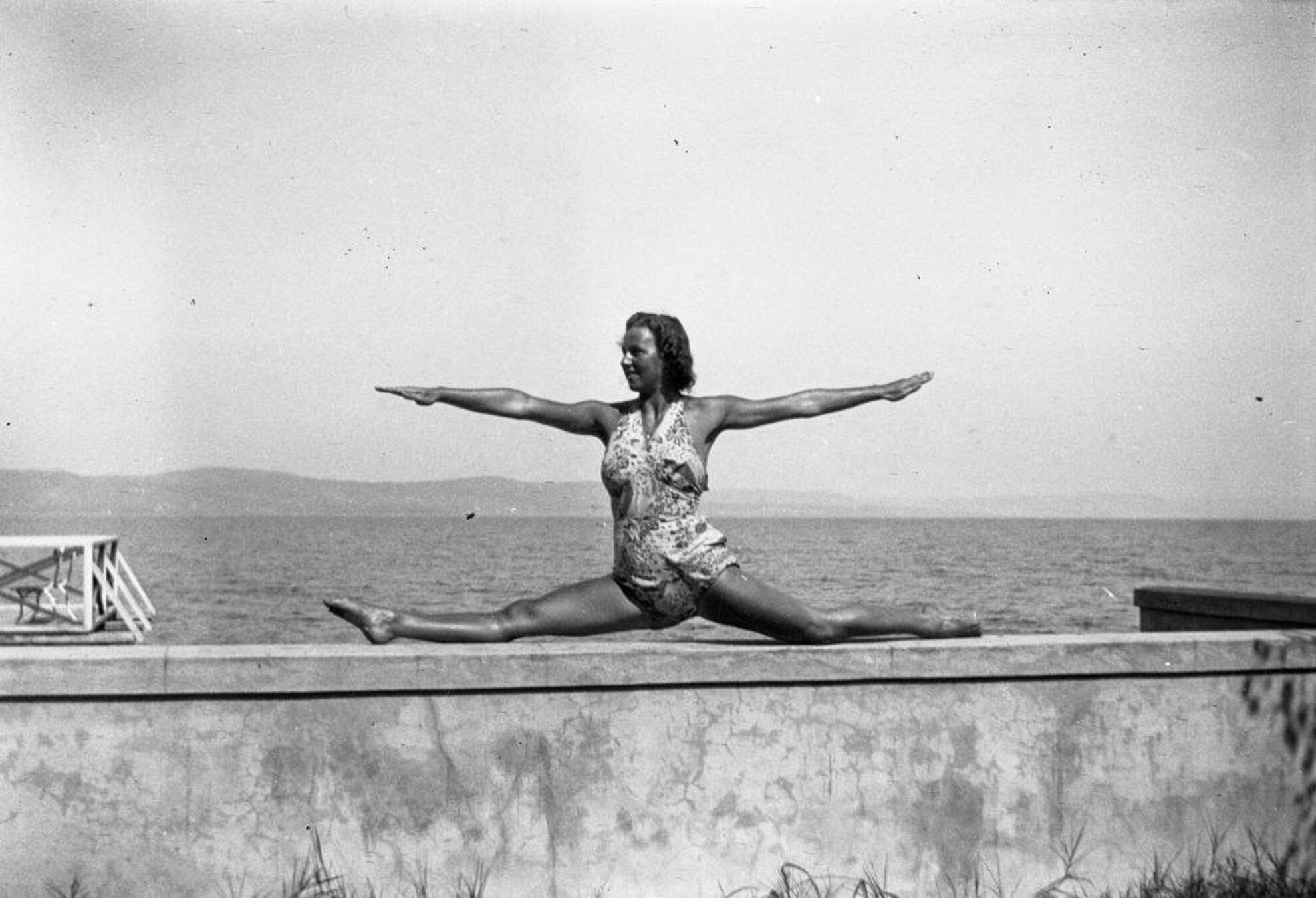
This 1952 photograph shows the famous Kelén steamboat. It was built in Újpest in 1891 and had to be sunk near the end of the war but was lifted out and restored in 1946. For a while, it was a lakeside café, and then found its way back to the water in 1996. Today it serves as a museum in Balatonboglár.
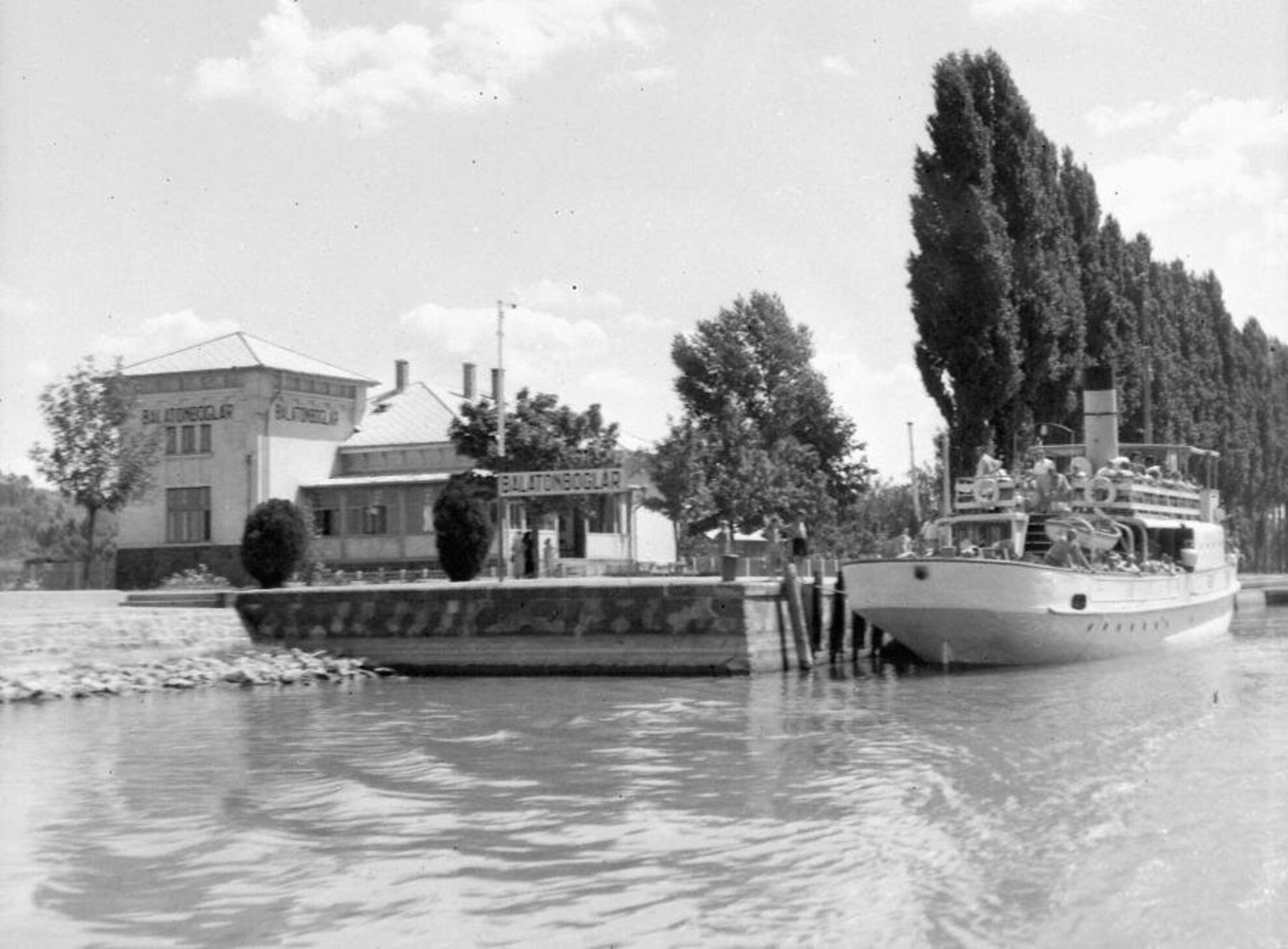
This photograph, already featured in a previous article, was taken in 1952, at the pioneer scout camp in Balatonlelle. This was one of the main ones of the Socialist era.
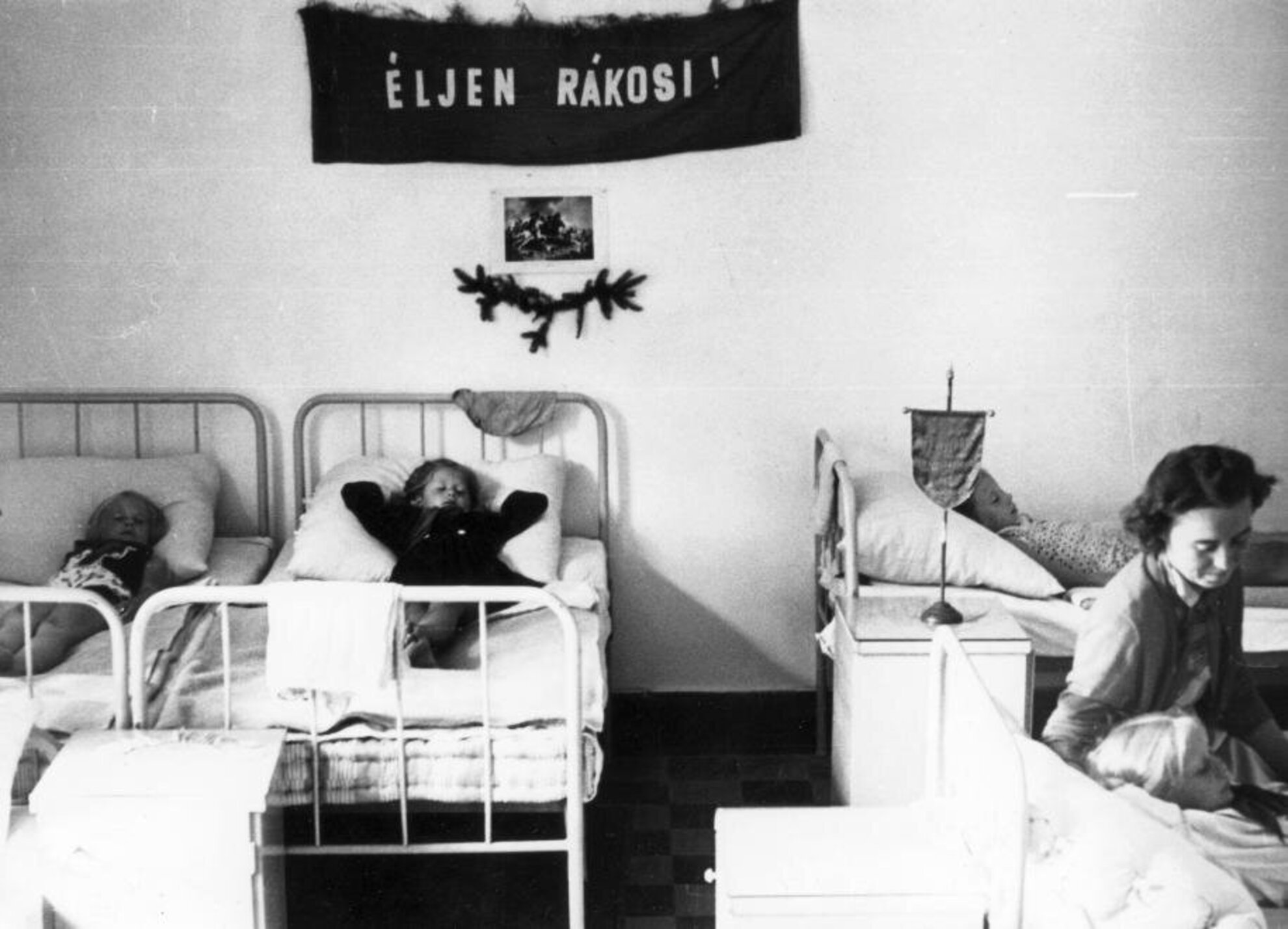
This picture was also taken at the pioneer camp, in 1956. Tragic leader of the subsequent Hungarian Uprising, Imre Nagy spent the last free summer of his life here.
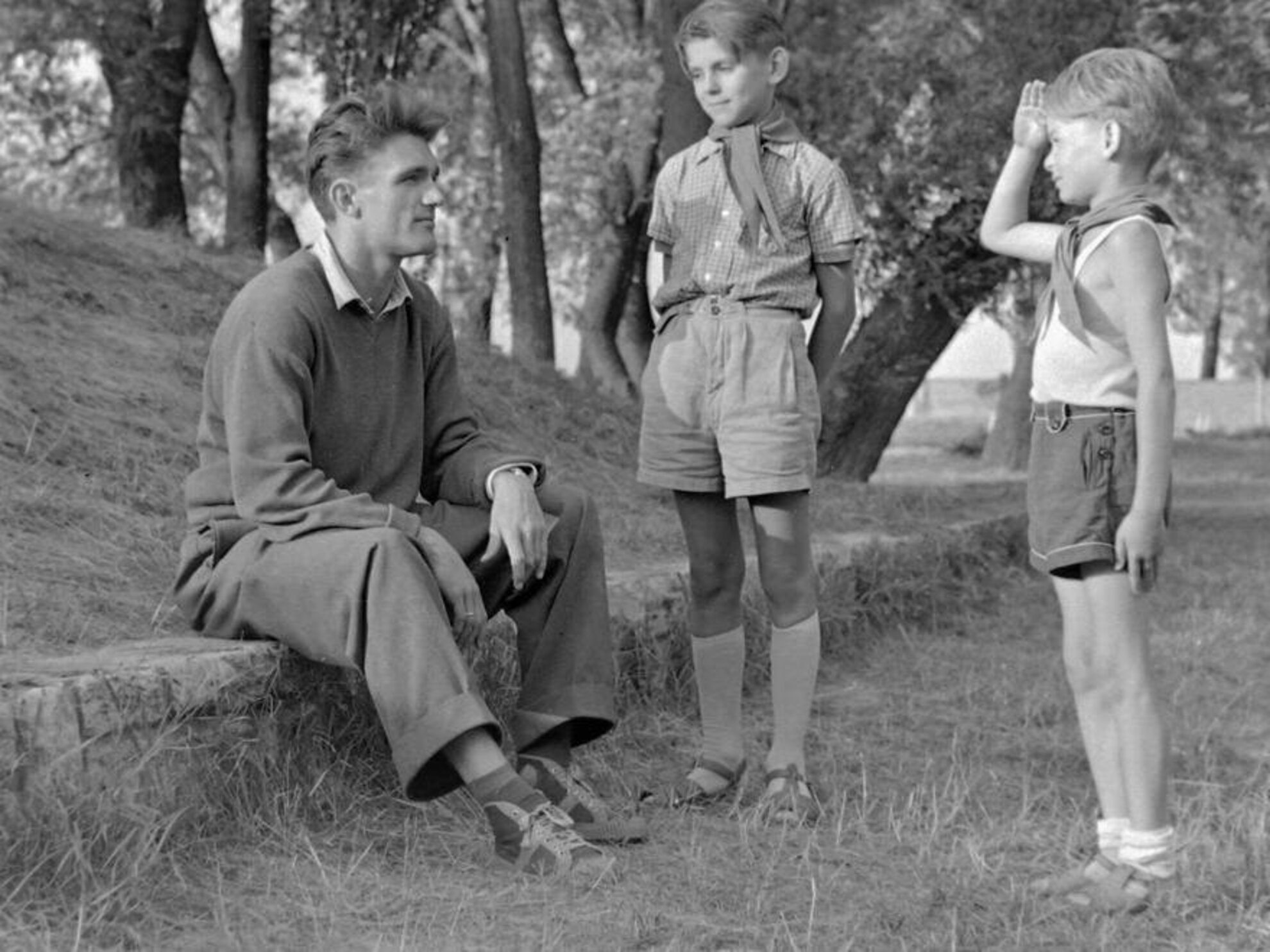
1959, Balatonlelle, classic cars, proud holidaymakers. This photograph was taken at the Park Hotel and Restaurant.
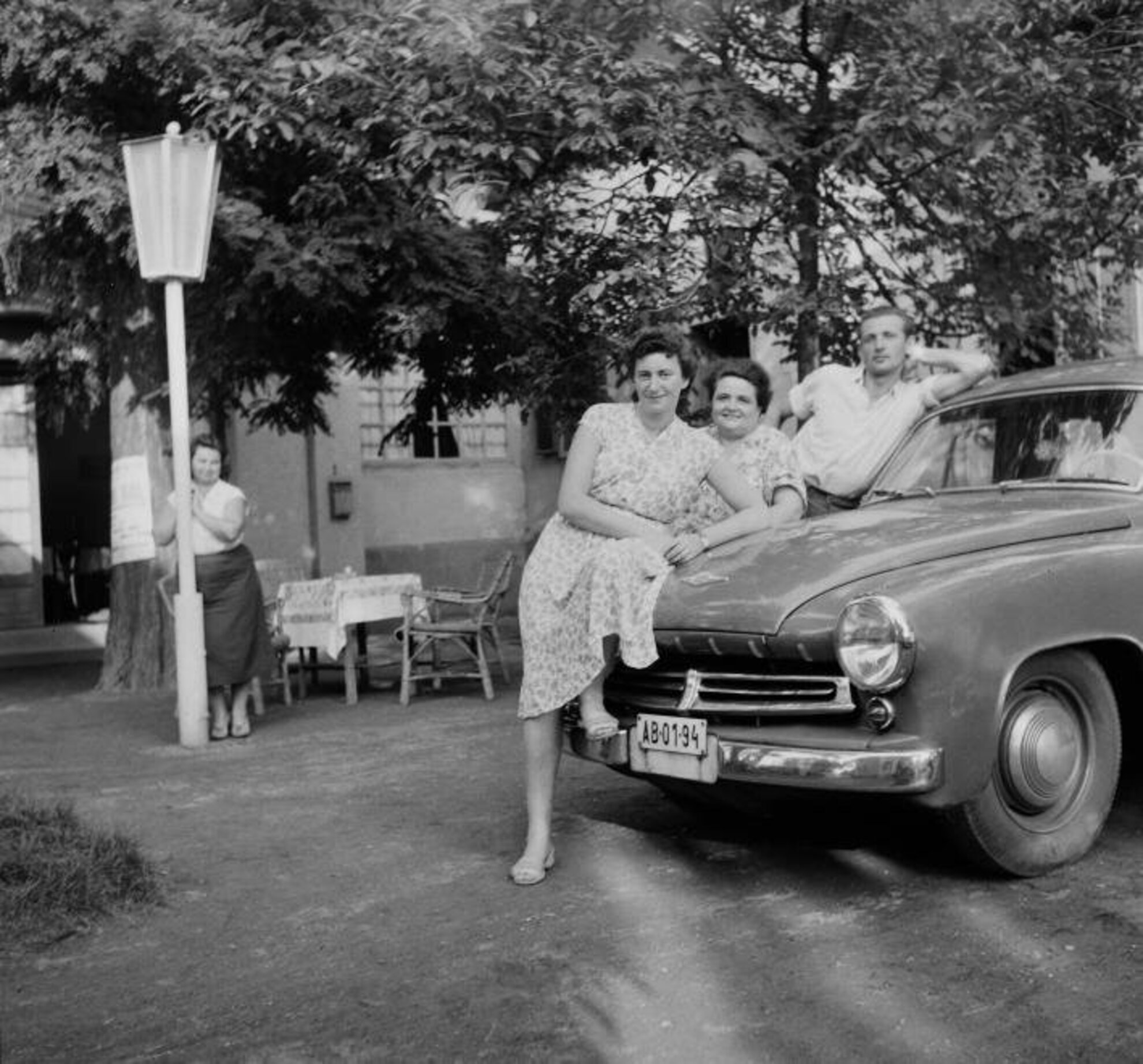
Another 1959 photo from Balatonlelle, depicting the Vörös Csillag ('Red Star') restaurant, a popular eatery.
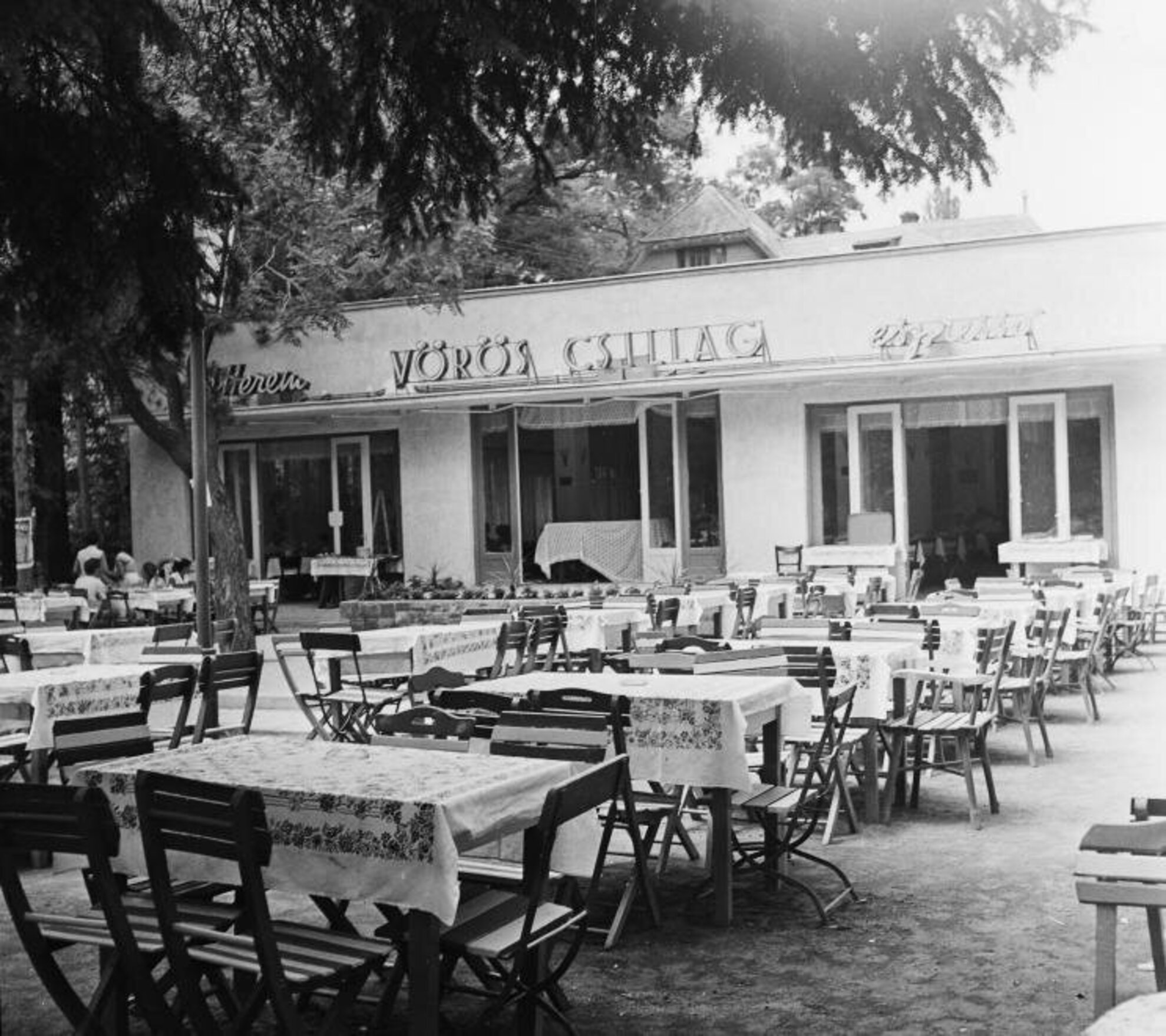
1960, Balatonlelle, the Móló Bistro on the promenade, with a surprisingly modern interior.
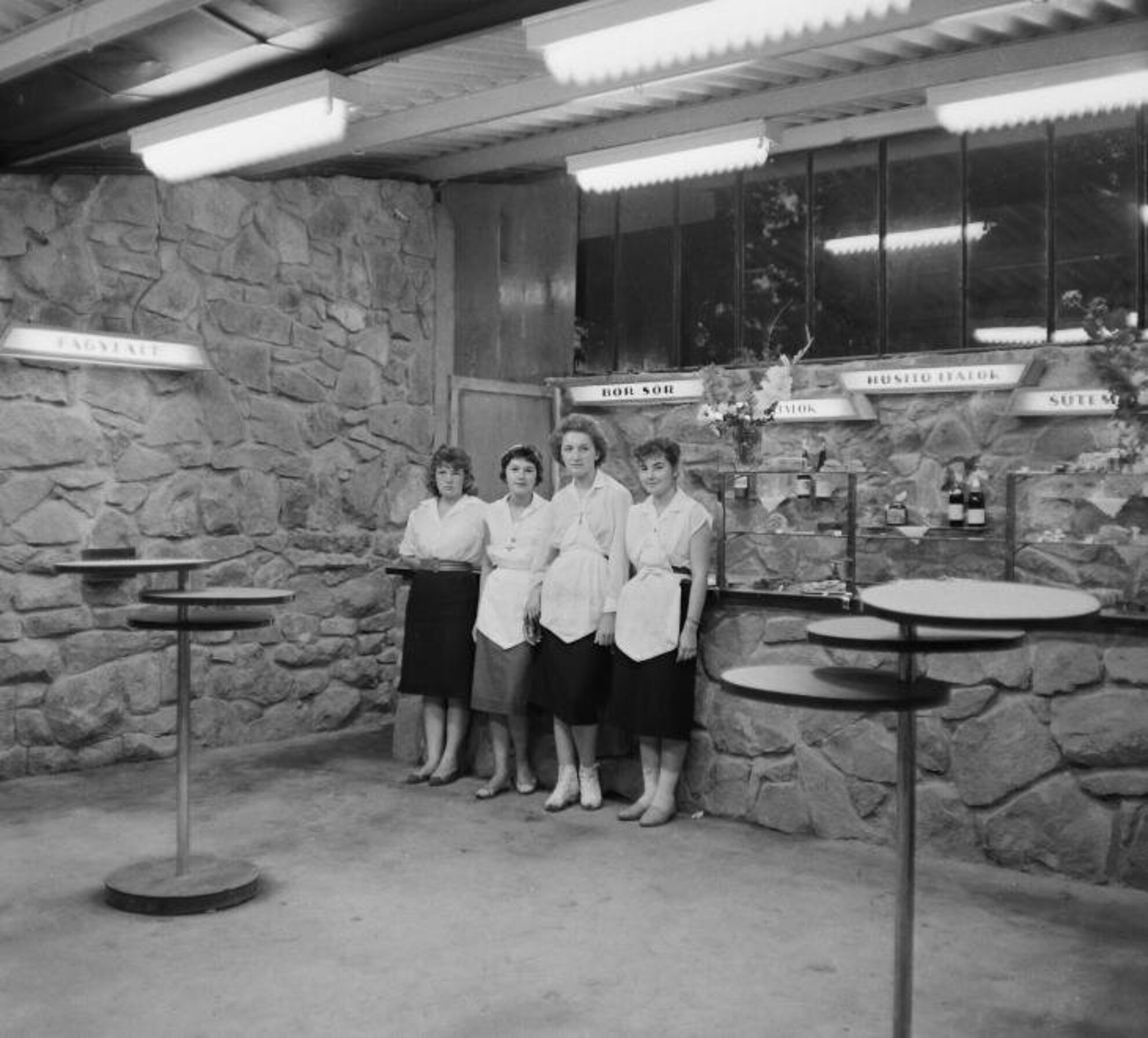
Balatonlelle’s dock in 1961. Today, boats leave from here for Balatonboglár, Badacsony, Balatonszemes and Tihany.
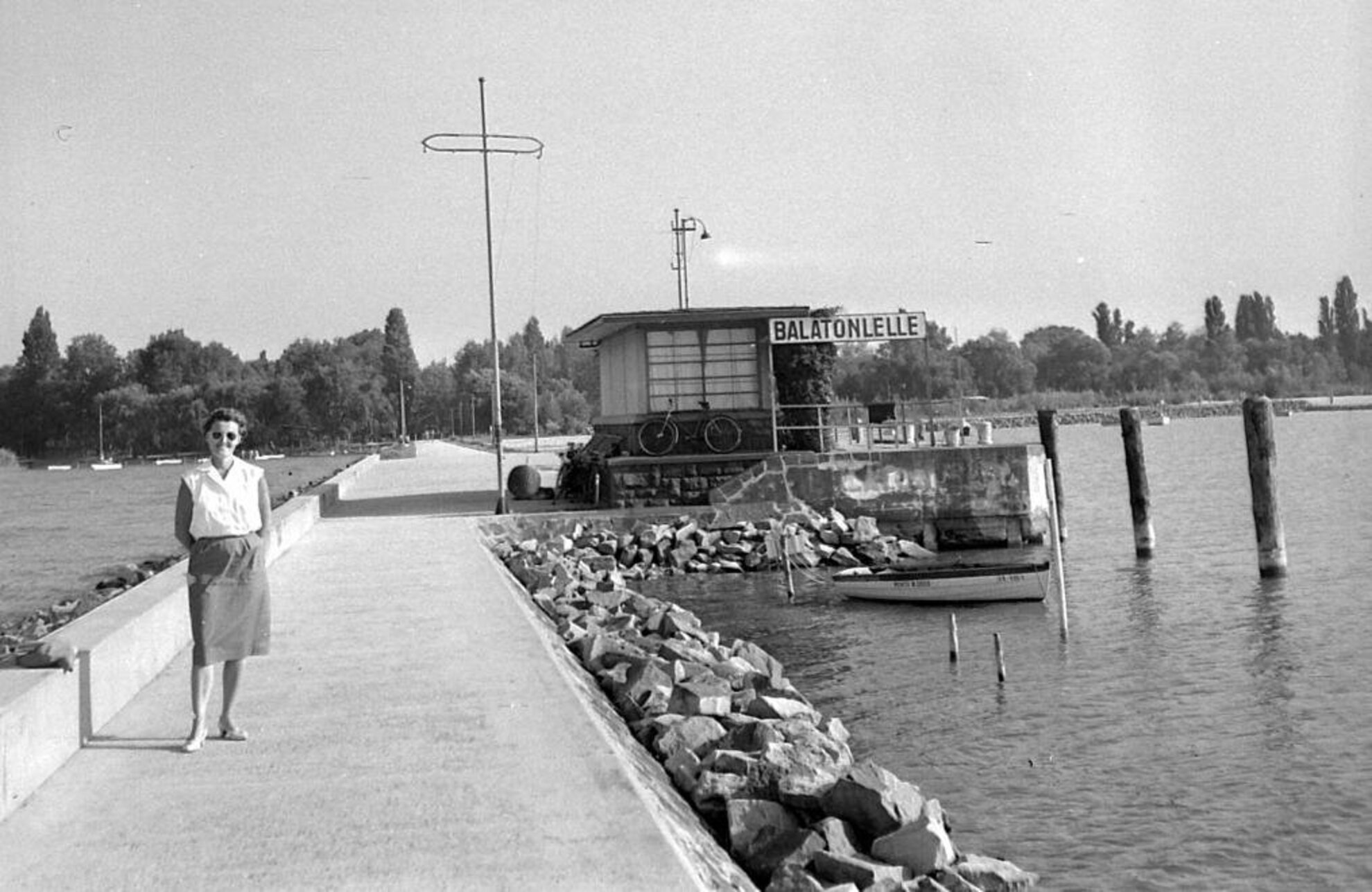
When the southern railway started to operate, Boglár and Lelle became more easily accessible. This photograph was taken at Boglár train station in 1961.
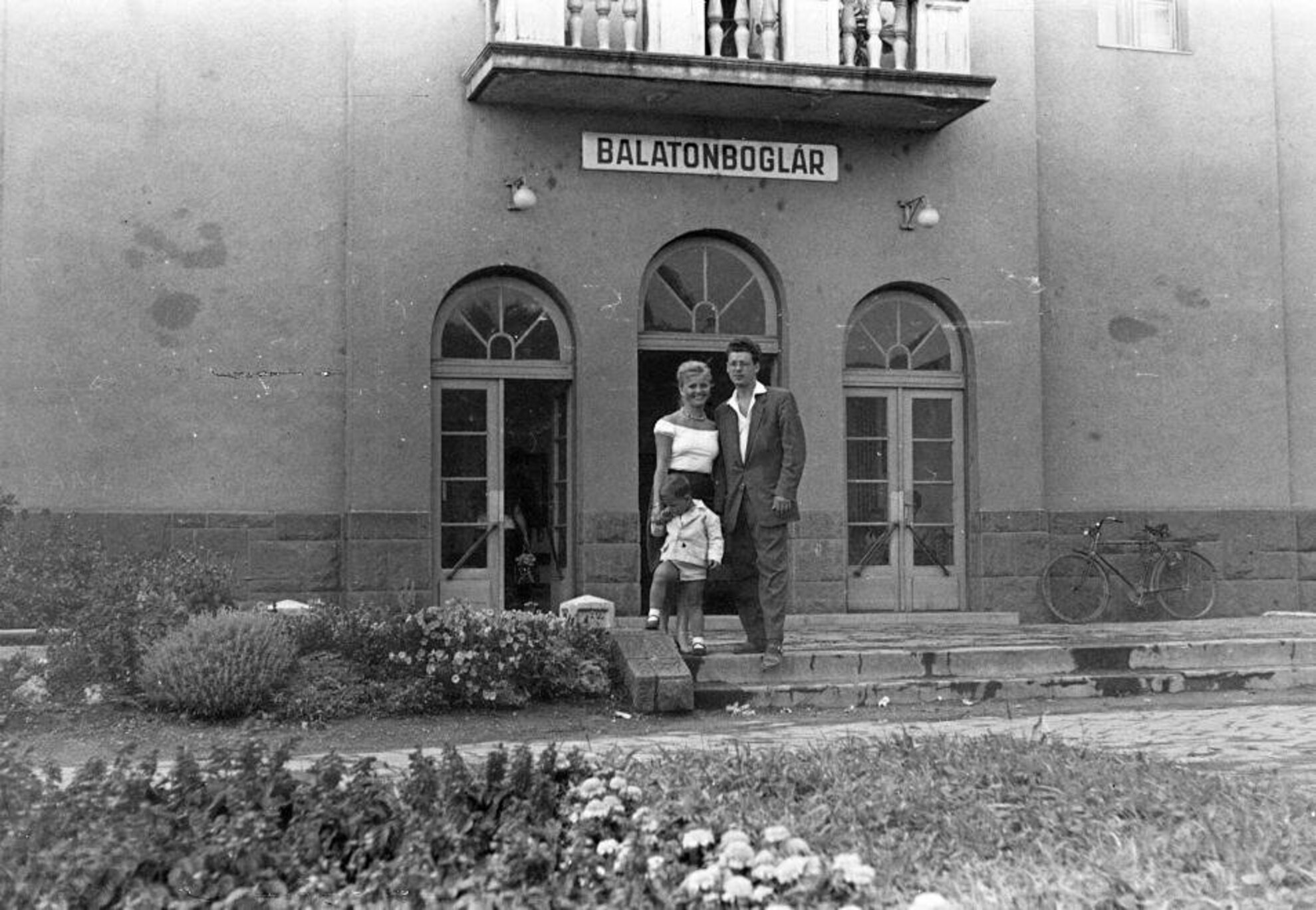
Unveiled at the World’s Fair in Brussels in 1958, this work of art was brought to the 60-metre-high hill at Balatonboglár in the 1960s. This photo was taken in 1963 in Budapest, before the lookout tower was transported to Balaton.

This building still stands today, although it looks different now. This photograph was taken in Balatonlelle in 1963.
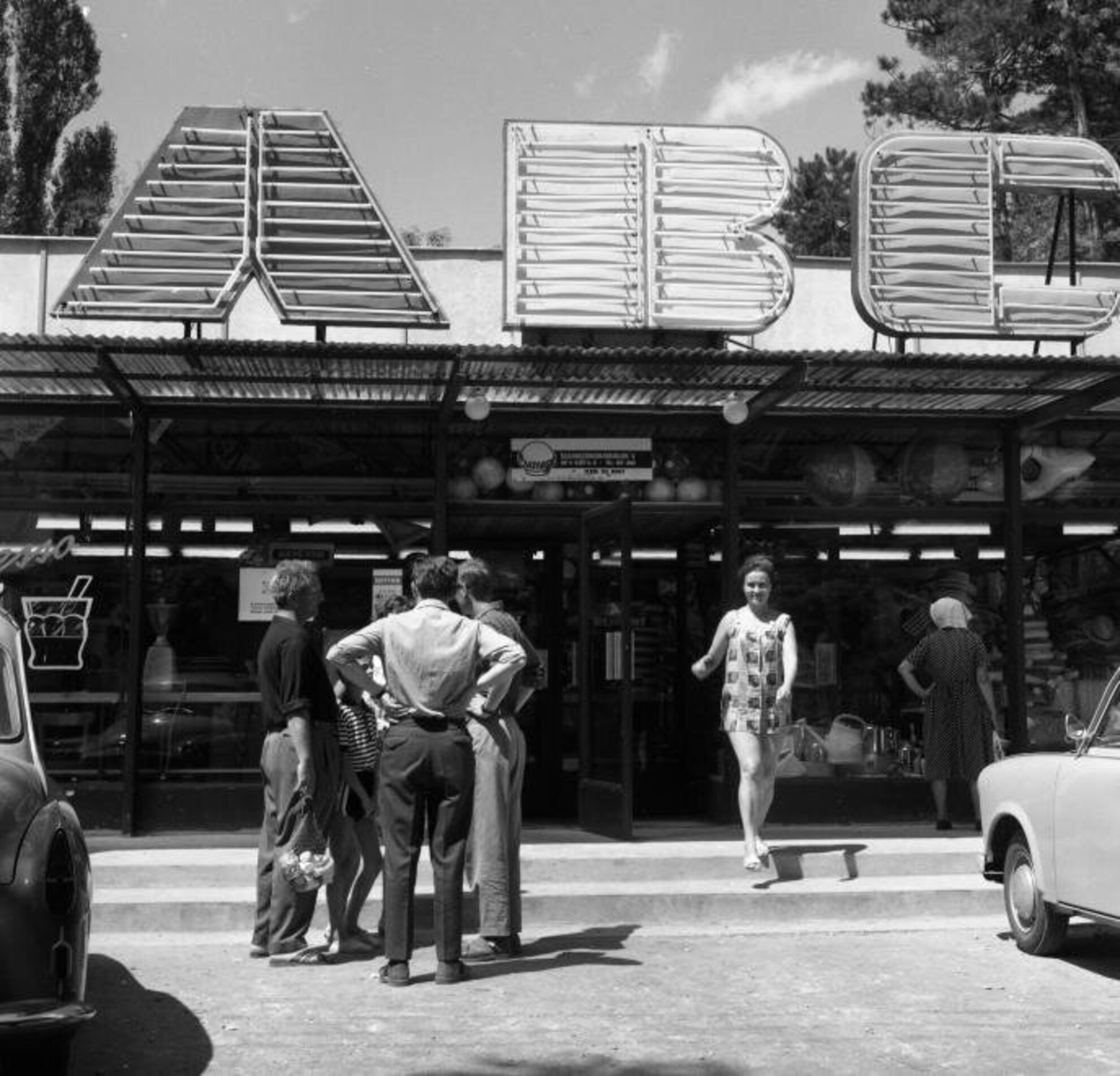
1968 was a turbulent year, and this artsy Balatonlelle photograph symbolises it nicely.
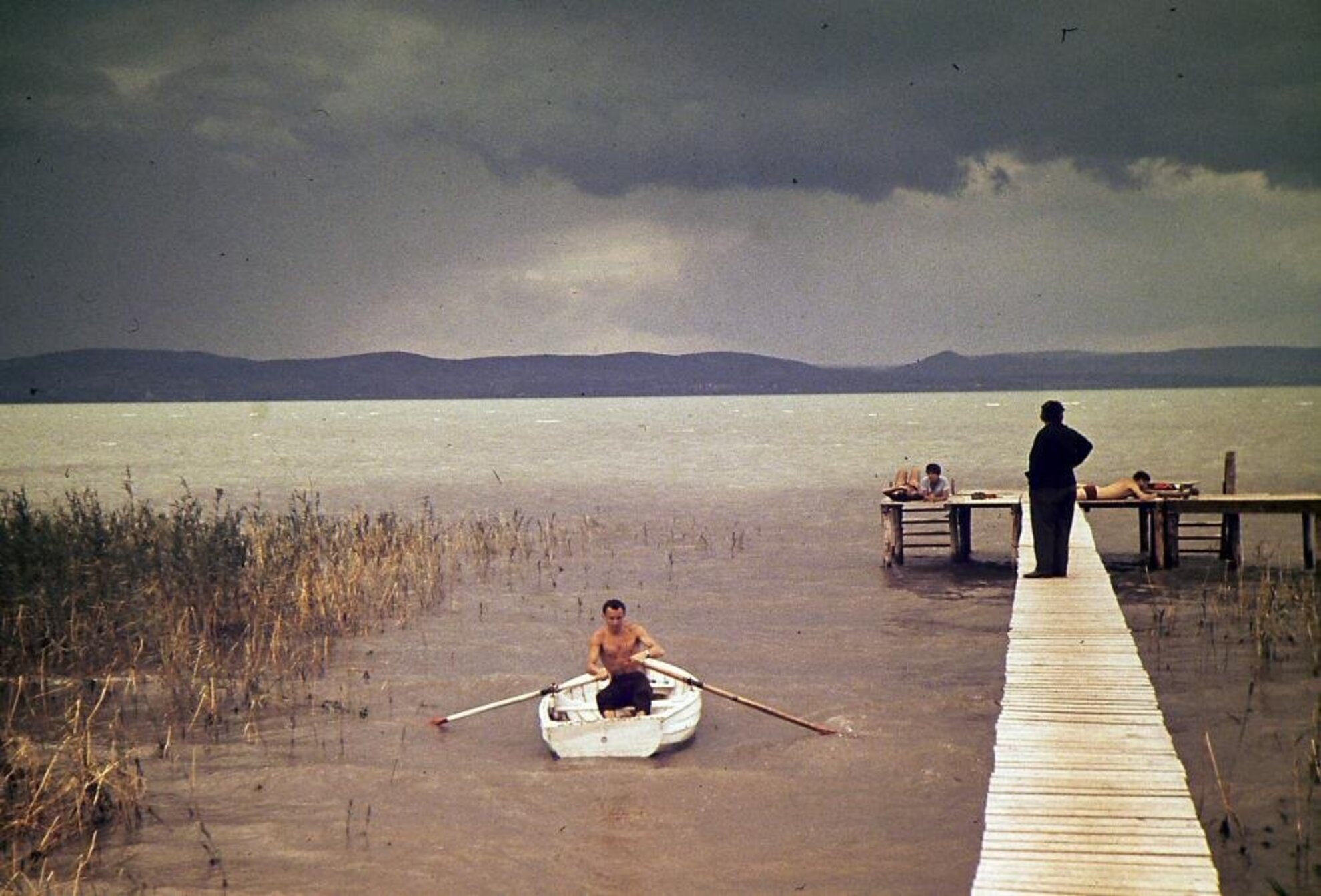
Redcurrant harvest in Balatonboglár in 1974. Boglár is also a prominent wine region, producing mostly whites, but reds and champagnes are also made here.
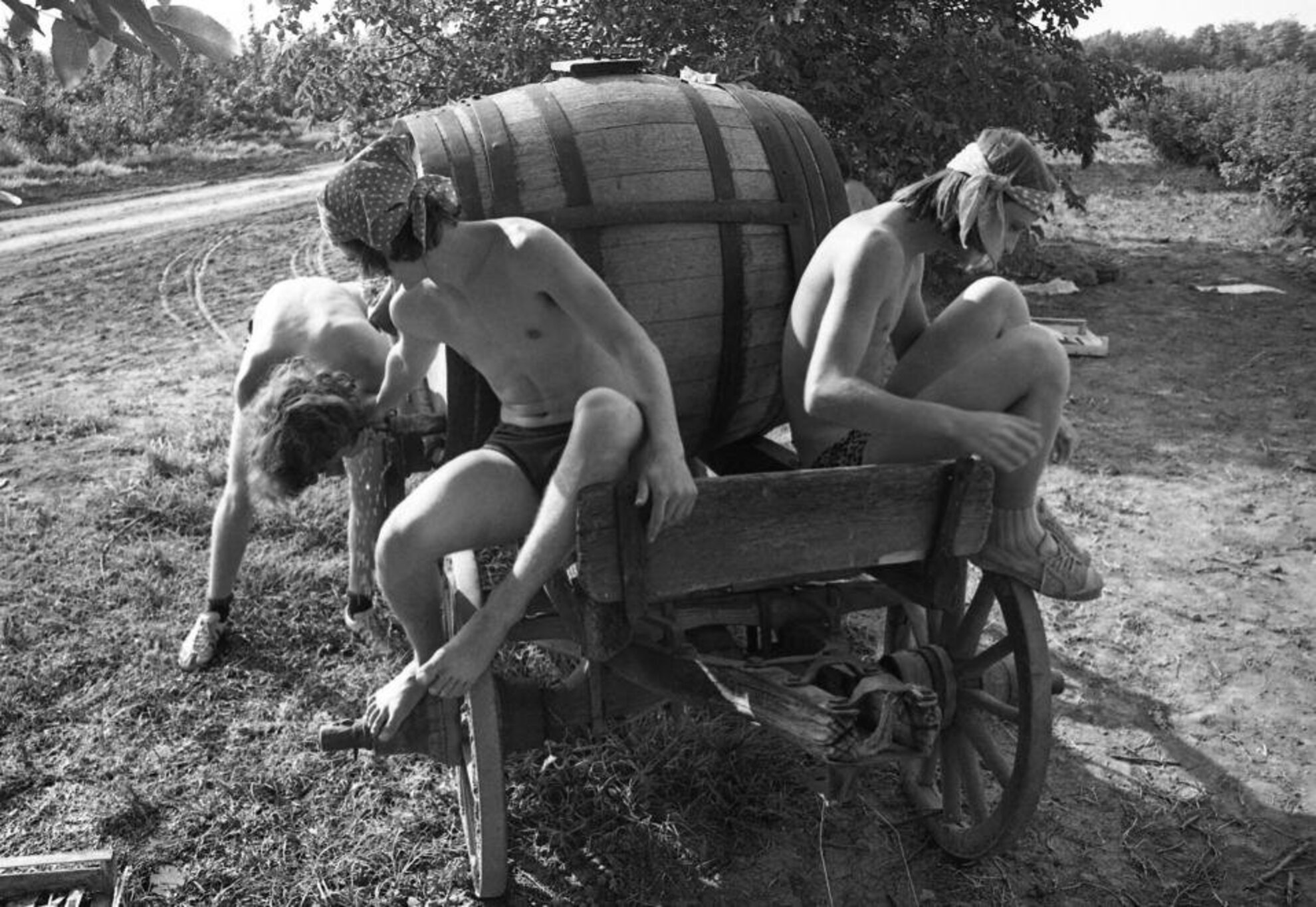
The outdoor cinema at Balatonlelle is one of Balaton’s oldest. It reopened in 2016 after renovation. This photo is from 1975.
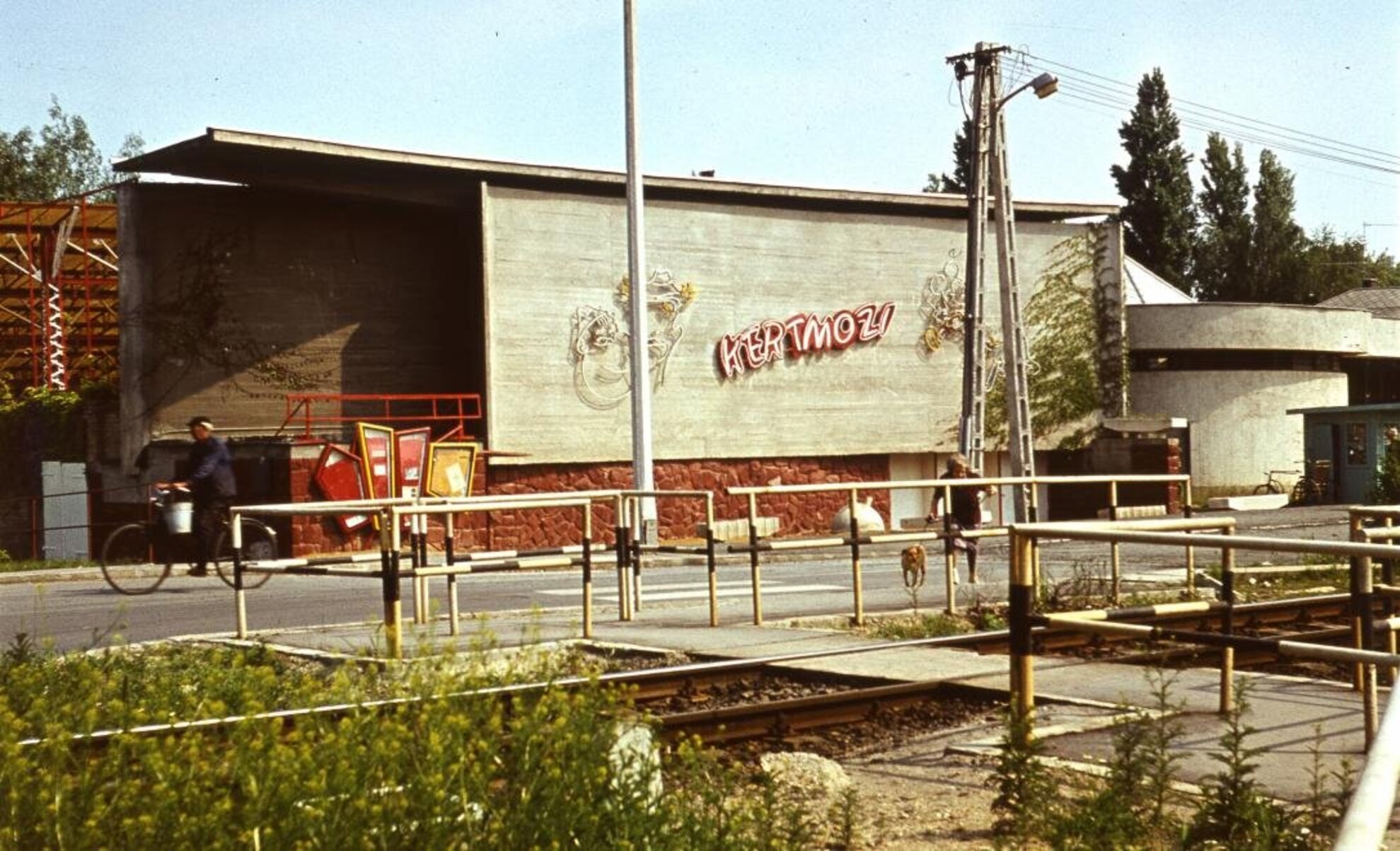
In 1979, when the two towns were united, the Gömbkilátó lookout tower found its final resting spot. The grassy area below the lookout is the venue for Balaton Piknik, a festival now part of the MOL Nagyon Balaton events series, this year bringing José González, Roísín Murphy and Morcheeba to Balaton.
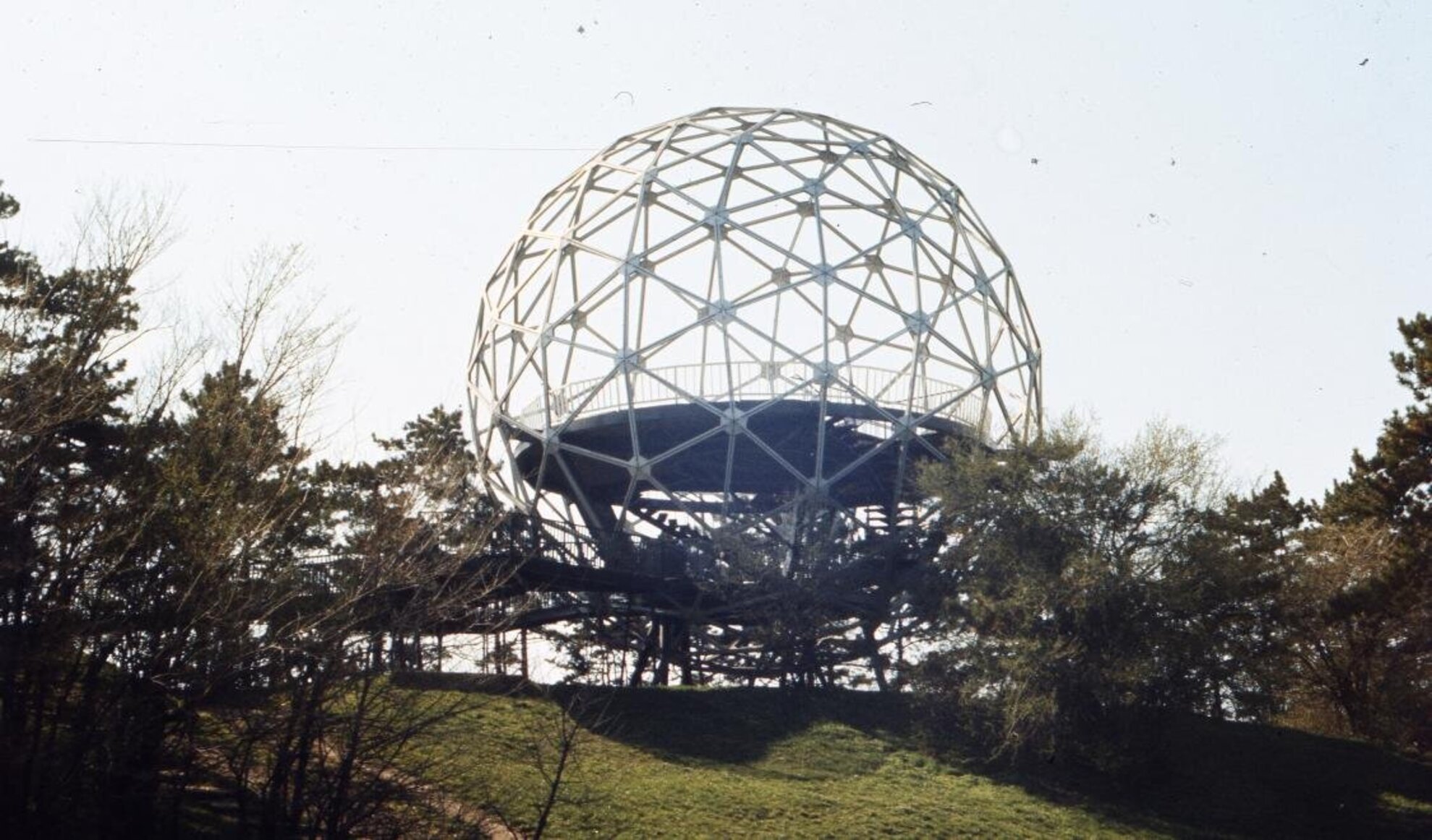
The essence of Socialism can be seen in this 1979 photograph taken at Balatonboglár. You can learn more about the cars of Lake Balaton from our previously published article.
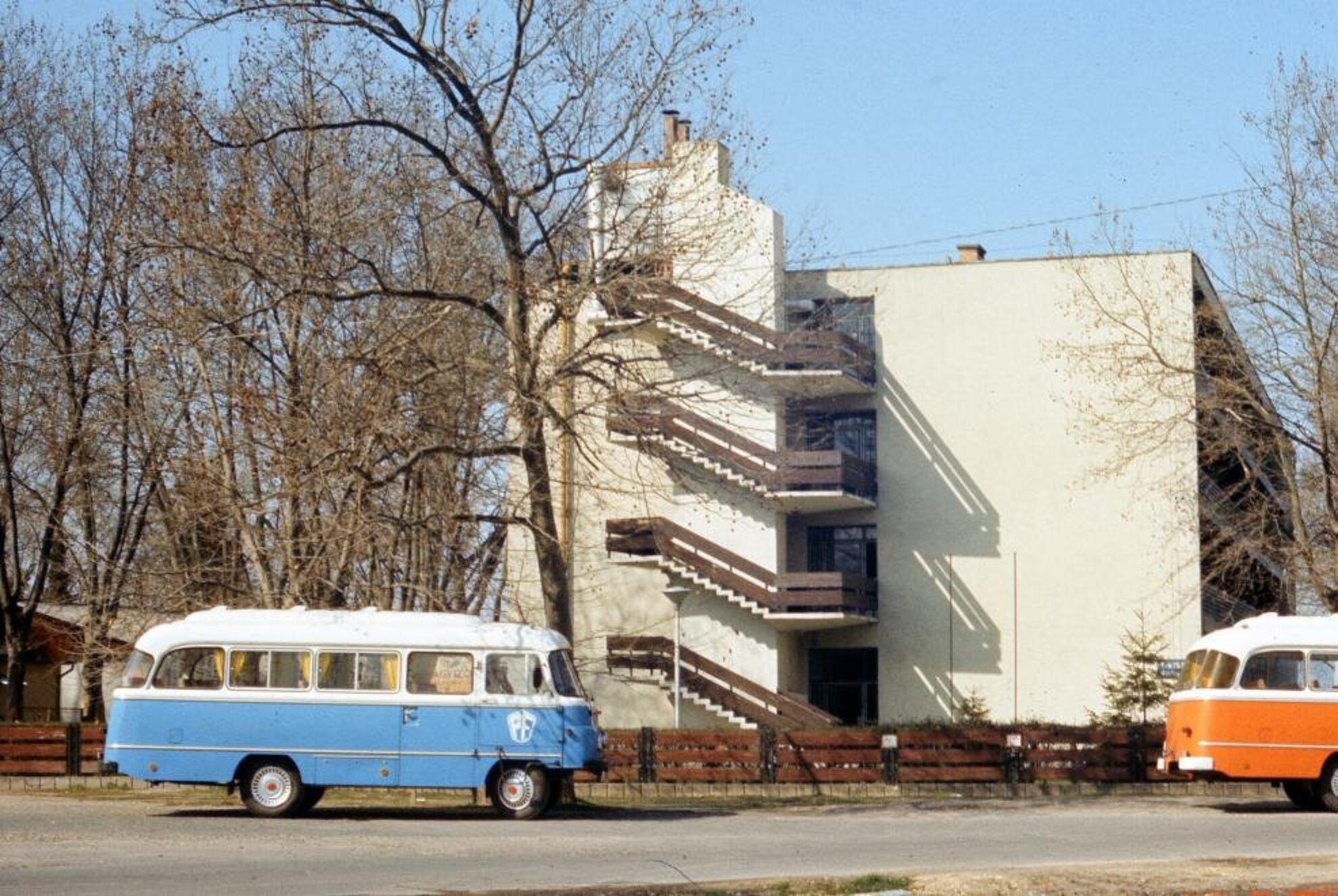
Actor András Kern and musician Zorán entertaining the guests of the Ministry of Interior’s holiday retreat in 1988, shortly before the merged towns were once again separated after the end of Socialism.
